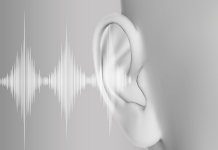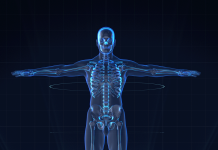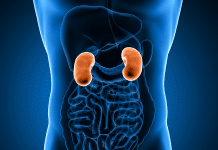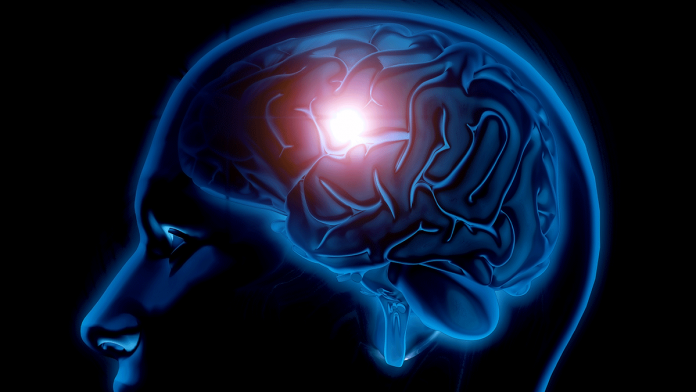Dementia is a common neurocognitive condition defined as a syndrome that occurs due to a progressive disease of the brain. The impairment of higher functions happens in dementia. Emotional and social changes also occur along with the impairments. Around 50 people suffer from it around the world. The loss of brain cells or damage to the brain cells causes dementia.
The most common cause of dementia is Alzheimer’s disease. Memory loss and difficulty in finding words are the earliest symptoms. With the progression of the disease, memory loss worsens. Problems in understanding the languages also arise.
Stroke can also cause dementia by decreasing the blood supply to the brain, therefore, resulting in the death of the brain cells. The risk factors for stroke include hypertension, diabetes, obesity, and unhealthy eating habits. Dementia due to stroke can slow down the thought process.
Apart from that, Parkinson’s disease can also cause dementia. The deposition of a protein called the alpha-synuclein occurs in Parkinson’s disease. These are the Lewy bodies. Dementia due to Parkinson’s disease causes disorientation, problems in maintaining focus, trembling, hallucinations, disturbance in the sleep cycle, and difficulty in maintaining consciousness.
Brain injuries, brain infection, and vascular diseases can also cause dementia.
There are two types of dementia, i.e., cortical dementia and subcortical dementia. In cortical dementia, the problem lies in the cerebral cortex. People having this type of dementia undergo severe memory loss and language difficulties. Whereas in subcortical dementia, the problem lies in the areas of the brain that are present beneath the cortex. People having subcortical dementia have a slow thought process but don’t have language difficulties.
No time to read? watch this video….
Dementia has seven stages. The first stage does not reveal any symptoms related to dementia. Slight behavioral changes might be present in the second stage. In the third stage, differences in the thinking abilities progress. The fourth stage includes the difficulty of the patient in remembering new details and events. In the fifth stage, the patient does not recognize the necessary information about himself or his family. The patient also starts staying confused. In the sixth stage, changes in the patient’s personality and emotions occur. Whereas in the final and the seventh stage, the patient becomes bedridden. He becomes unable to walk and can not speak his thoughts. Late-Stage Dementia also causes coma and death resulting mostly due to an infection.
Certain factors increase the risk of development of dementia. These risk factors include age, gender, hypertension, diabetes, stroke, cardiovascular diseases, smoking, alcohol consumption, and Down’s syndrome. The risk of dementia increases in individuals above 65 years of age. Women are at a higher risk of developing dementia. Hypertension and diabetes can cause a stroke that is one of the most common causes of dementia. The individuals having Down’s syndrome have three copies of chromosome number 21. The genes that produce amyloid may be responsible for the development of dementia in people with Down’s syndrome.
The tests that help in the diagnosis of dementia include cognitive tests, CT scans, PET scans, MRIs, and blood tests.
There is no permanent cure for dementia, but the doctor prescribes medicines that can temporarily manage the symptoms. Apart from that, the caregivers of the patient must introduce lifestyle changes like providing a diary to the patient, engaging the patient in physical activities, limiting caffeine, and encouraging the patient to interact with people socially.
There is no guaranteed way to prevent dementia, but quitting smoking, staying physically and mentally active, eating healthy foods, and having a proper sleep schedule might help.
Until Next Time,
Team Doctor ASKY!




















